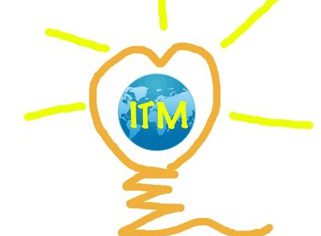Context: Grade 5, human body study, whole class metacognitive meeting about how our body get energy from food as related to digestion, circulation, and respiration.
…
S1: It might be the acids and the gases [that] help turn the food into energy.
Teacher: What gases is my blood carrying around? Who’s studying the heart and the blood? …
S2/others: We need oxygen. (S3 draws)
Teacher: What are you thinking, S3?
S3: So in my drawing, there’s a part where it (blood) connects to the lungs, connects to the heart… you get blood in the lungs from the heart.
…
In this example, the teacher was working with her students to understand how digestion, circulation, and respiration work together. Students first talked about issues about digestion. S1’s talk mentioned gases that help turn the food into energy. Noticing this turn in the conversation, the teacher seized the opportunity to engage students who had developed the related inquiries and expertise. She asked: What gases is my blood carrying around? Who’s studying the heart and the blood? S2, S3, and other students followed up, identifying the importance of oxygen and explaining how blood gets oxygen in the lungs. The teacher facilitated idea connections among students with different expertise, so they could put together their knowledge to understand complex system processes.
